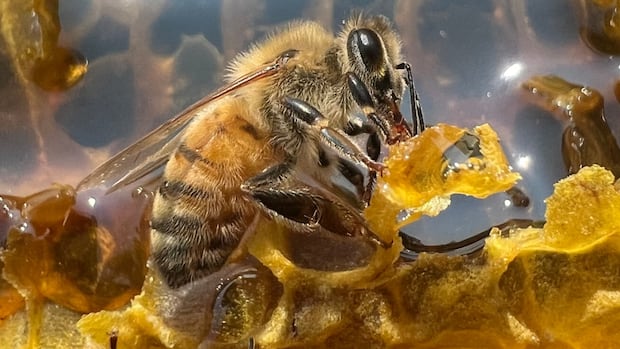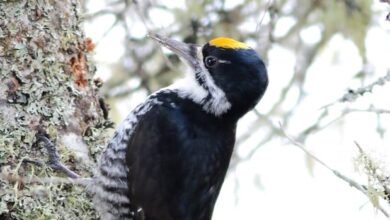These sea spiders use the bacteria on their bodies to turn methane into food

Sea spiders may not be the first creatures that come to mind when you think of adorable animals, but biologist Shana Goffredi believes they are “extremely adorable.” Recently, Goffredi and her team of students made a fascinating discovery – three new species of sea spiders from the genus Sericosura that reside near methane seeps and hydrothermal vents on the ocean floor. These sea spiders have unique facial features that make them stand out, such as a large nose and tiny teeth. However, what truly sets them apart is their ability to cultivate bacteria on their bodies that convert methane, a potent greenhouse gas, into nutritious food.
Described as the “ultimate farmers” by Goffredi, these sea spiders cultivate bacteria on their bodies that transform methane gas from the ocean floor into carbon-based nutrients, which the spiders then consume. This symbiotic relationship between the spiders and the bacteria is a remarkable example of how life sustains itself in the depths of the ocean. The findings of this research, published in the Proceedings of the National Academy of Sciences, offer valuable insights into the ecosystem dynamics in deep-sea environments and could potentially aid in developing strategies to mitigate the impacts of climate change.
While some other arthropods and marine creatures have been known to farm their own microbes, this discovery represents the first observation of such a phenomenon in sea spiders. The male sea spiders play a crucial role in passing on their methane-converting bacteria to their offspring, ensuring the continuity of this unique farming process. Researchers are still investigating the reasons why bacteria are attracted to the sea spiders and how their bodies provide a suitable habitat for these microbes.
The accidental discovery of this symbiotic relationship between sea spiders and methane-eating bacteria has opened up new avenues for research into deep-sea ecosystems. Guadalupe Bribiesca-Contreras, a post-doctoral researcher specializing in deep-sea systematics and ecology, emphasizes the importance of understanding how creatures in environments like methane seeps have evolved. This knowledge can contribute to conservation efforts and inform decisions about deep-sea mining activities that could potentially disrupt these delicate ecosystems.
The implications of this discovery go beyond just the biological realm. As methane is a significant contributor to global warming, understanding how sea spiders and their bacterial partners convert methane into nutrients could inspire innovative solutions for mitigating methane emissions. While some experts are skeptical about the immediate impact of this discovery on reducing methane emissions, they acknowledge its value in enhancing our understanding of deep-sea ecosystems and the services they provide.
In a time when deep-sea mining activities are gaining momentum, it is crucial to prioritize the conservation of these unique environments. By unraveling the mysteries of how creatures like sea spiders thrive in deep, dark, nutrient-poor habitats, researchers hope to shed light on the importance of preserving these ecosystems for the well-being of both marine life and human society.




